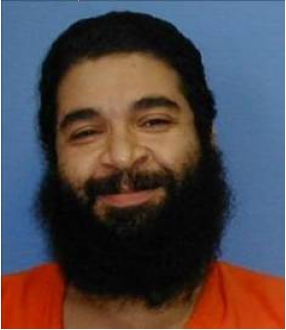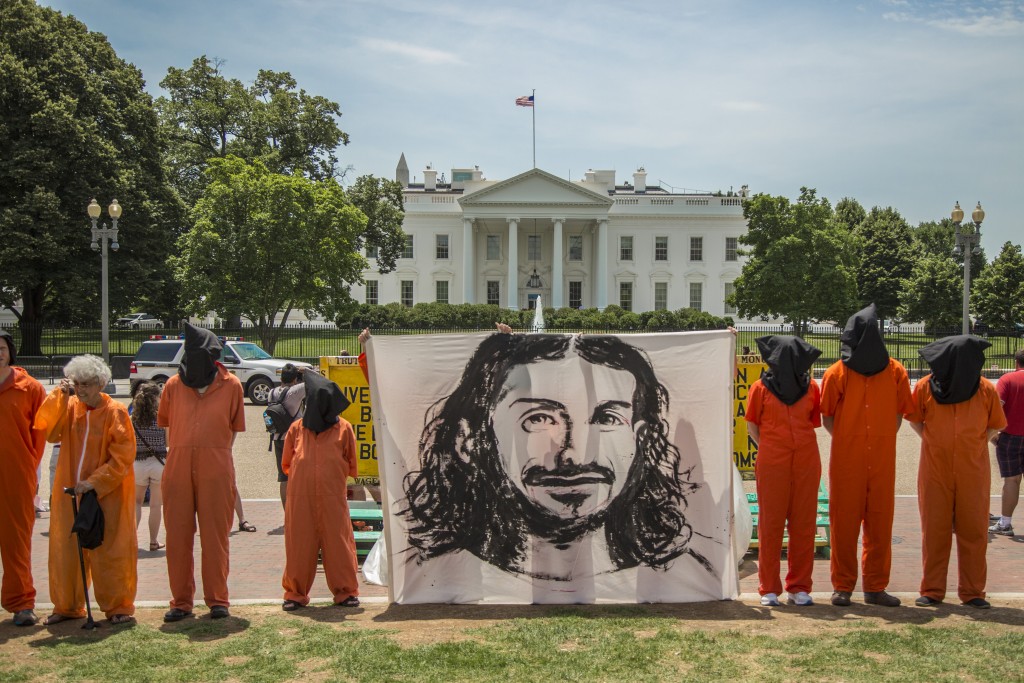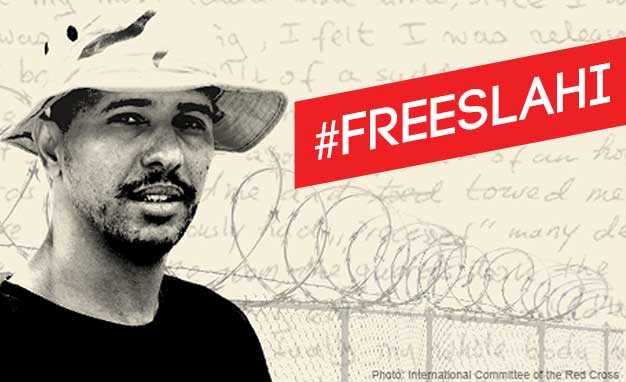 Prisoner of the U.S. at Guantánamo
Prisoner of the U.S. at Guantánamo
Shaker Aamer is the last British legal resident in Guantánamo Bay. Born in Saudi Arabia in 1968, he moved to the US in his early 20s, then in 1991 went to London, where he worked as a translator with immigration cases. There he met his British wife, Zin, and settled down. A decade later, with their three children, and soon pregnant with a fourth, they moved to Afghanistan. Aamer’s father-in-law explains that they wanted “an Islamic atmosphere”. Then 9/11 happened and everything changed.
Aamer was captured in December 2001, without his family, in the mountains near Pakistan. Either Northern Alliance forces or Afghan warlords handed him over to the US military, who took him to Bagram Prison. The U.S. claims that at the time he was Osama bin Laden’s interpreter and an al-Qaida commander. After his capture, Aamer confessed to various things under torture. He was kept awake for over a week, chained in excruciating positions for hours, deprived of sleep and food, and doused in freezing water at the height of the Afghan winter. His head was slammed against a wall – in the presence of a British agent.
Aamer says he and his family quickly realized their mistake in coming to Afghanistan and, as war swirled around them, decided to return to Britain via Pakistan. During that time the U.S. military offered a lucrative bounty for valuable Al-Qaida prisoners, causing many innocent people to be captured and turned over to the U.S. His supporters say this is what happened to Aamer after he sent his family ahead to keep them out of harm’s way.
In February 2002, he was taken to Guantánamo, where he was detained until October 30th 2015. Fluent in English, Aamer stood up for his fellow prisoners from the very beginning, liaising between them and the authorities and translating documents for them. He was regarded as a significant presence within the prison. He has usually been held in solitary confinement in a 6 foot by 8 foot windowless cell – his punishment for being “noncompliant”. A leader who helped organize the first hunger strikes, he has been a regular victim of brutal force-feedings, and he has been beaten by the “forcible cell extraction” team more than 300 times.
After 5 years in Guantanamo the US authorities admitted they did not have a case against Aamer and approved his release back to his home country: Saudi Arabia. Because he is at risk for persecution there he refused to go. Britain agreed to take him back, but the US would not allow it. According to the Guardian, “Britain accepts privately that it is currently unable to provide the US authorities with assurances that it would have a legal basis for monitoring Aamer on his return to the UK.” (Watt, The Guardian, 16 Jan 15) Apparently Britain still respects people’s rights, much to the dissatisfaction of the U.S. government.
This limbo went on for 8 more years – suiting both the UK and the US, Aamer’s lawyers say, since he has witnessed so much torture and abuse. Now that he has been released, Shaker has been actively sharing his story and advocating for the release of the rest of the prisoners left at Guantanamo Bay Prison. Please check out the videos below to hear his powerful witness.
Full Interview with Shaker Aamer by the BBC here.
Video of Shaker Aamer advocating for the closing of Guantanamo Bay Prison here.










 He is a 44-year-old citizen of
He is a 44-year-old citizen of